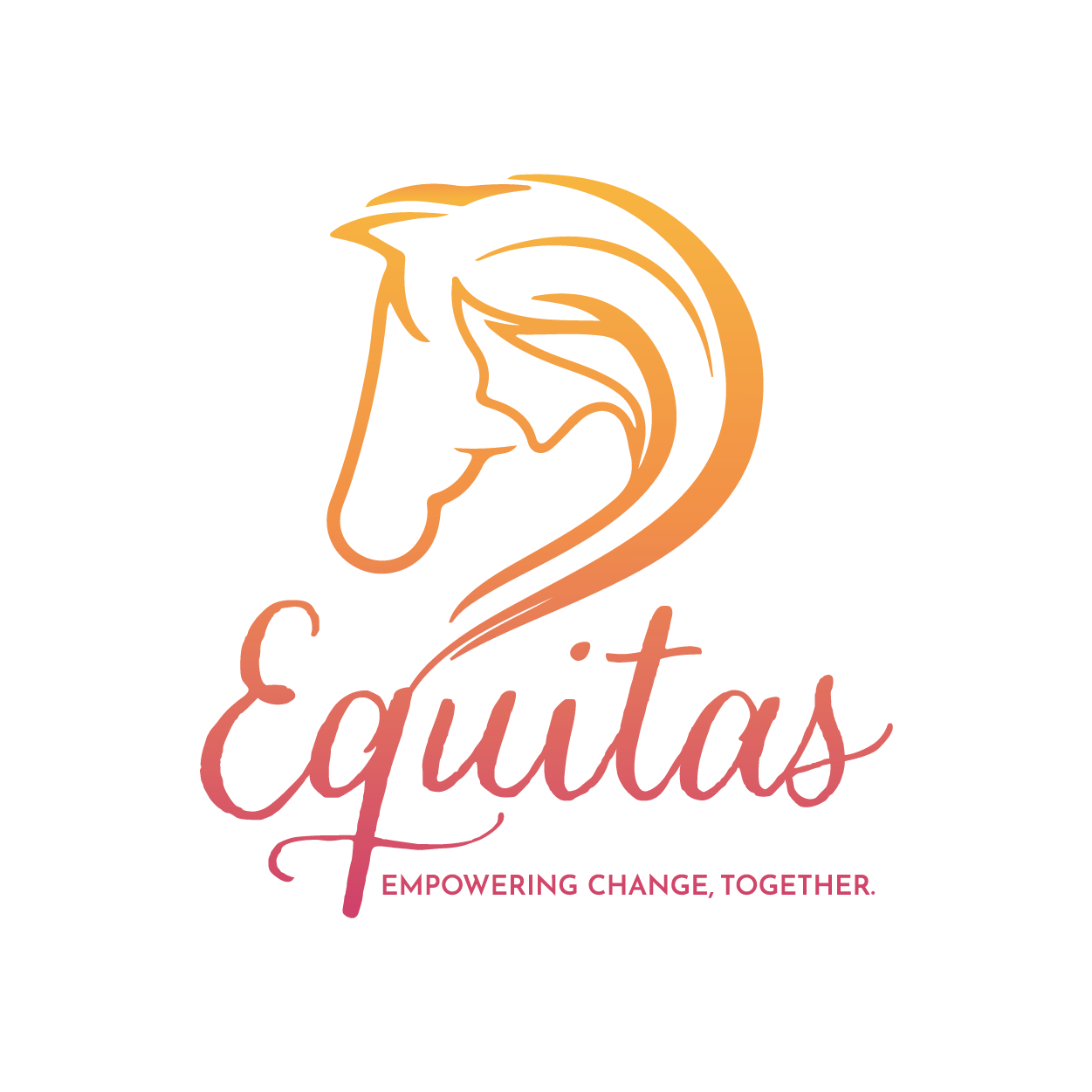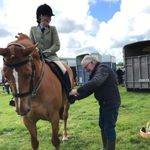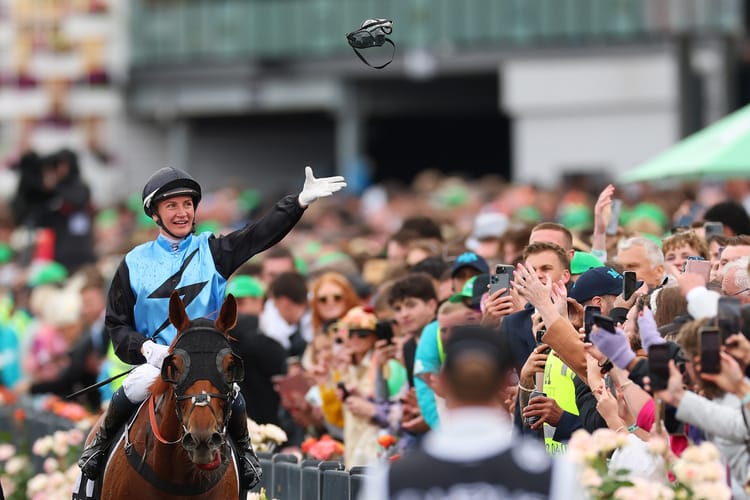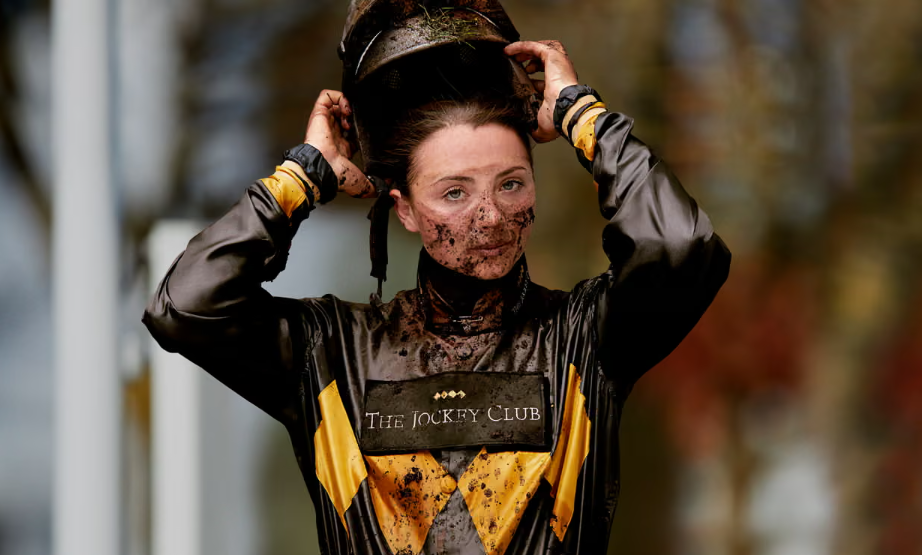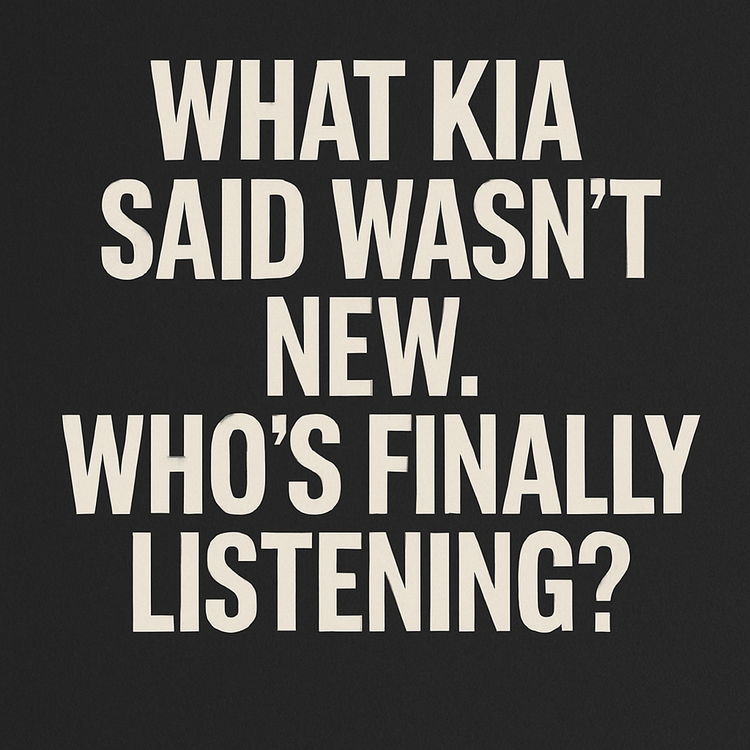In My Stride: What the Parade Ring Really Shows You
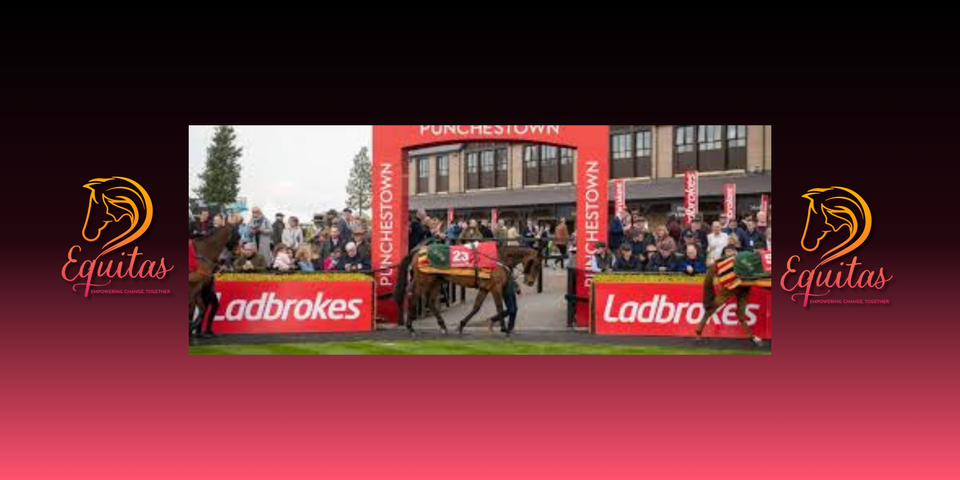
The parade ring at Punchestown isn’t a waiting room. It’s a reveal. A read. A place where everything is just visible enough—if you’re watching properly. Yesterday, I stood in the ring and watched it unfold. What stayed with me wasn’t form or odds. It was tone. Intention. The quiet tells.
Turnout was sharp. Across the board. Horses came out clipped, plaited, groomed. Fit and forward. The kind of presentation that doesn’t come from rushing. Stable staff moved beside them, calm and clean in their work—no panic, no spectacle. Just a check of a bridle, a hand on a rein, a nod to routine. You could see it straight away: this wasn’t about fixing things last-minute. The work was already done.
That’s the first thing the parade ring gives you—standard. Not forced, not flashy. Just a clear sense of what’s been asked of the horse before you ever see it stretch out.
The second thing? Readiness. You can see who’s tuned in and who’s still learning. Some horses came out and held themselves. Present. Relaxed but alert. Others—greener—used the space to figure it out. Heads turning, ears flicking, energy a little scattered. But that’s part of it. The ring’s a teacher too. These early rounds build experience. What doesn’t land today gets banked for tomorrow.
And then there’s the team. The yard. You can read that too. How the handlers move. Who’s smooth. Who’s second-guessing and still learing themselves. Who’s got a system. Who doesn’t. You don’t need to know the backstory—you can see it in how the small things are done. No flapping. No fiddling. Just work, finished properly.
There’s a lot of care behind all that polish. Daily, unglamorous care. The kind that makes a horse stand square, load calmly, walk with ease. And more often than not, that care traces back to a woman. A groom. A syndicate lead. A mother. A daughter. Quiet, capable presence. We should be hearing from them—because what you see in that ring doesn’t happen by accident. It comes from experience, from standards, from people who know what they’re doing and do it well, every day.
Ownership’s different now too. Not performative, not symbolic—just real. Women calling shots, making decisions, backing horses, showing up. Not needing to be seen. Already part of it.
That’s what the parade ring really offers: a window. Not into outcomes, but into systems. Into who’s prepared. Who’s connected. Who’s settled. It doesn’t give you answers. But it tells you what’s been asked—and whether that question’s been taken seriously.
As the runners moved off and the crowd turned to follow, you could feel the shape of the day. No drama. No noise. Just purpose. Standards, carried quietly. That’s what I saw in the ring.
And that’s what stays with me.
